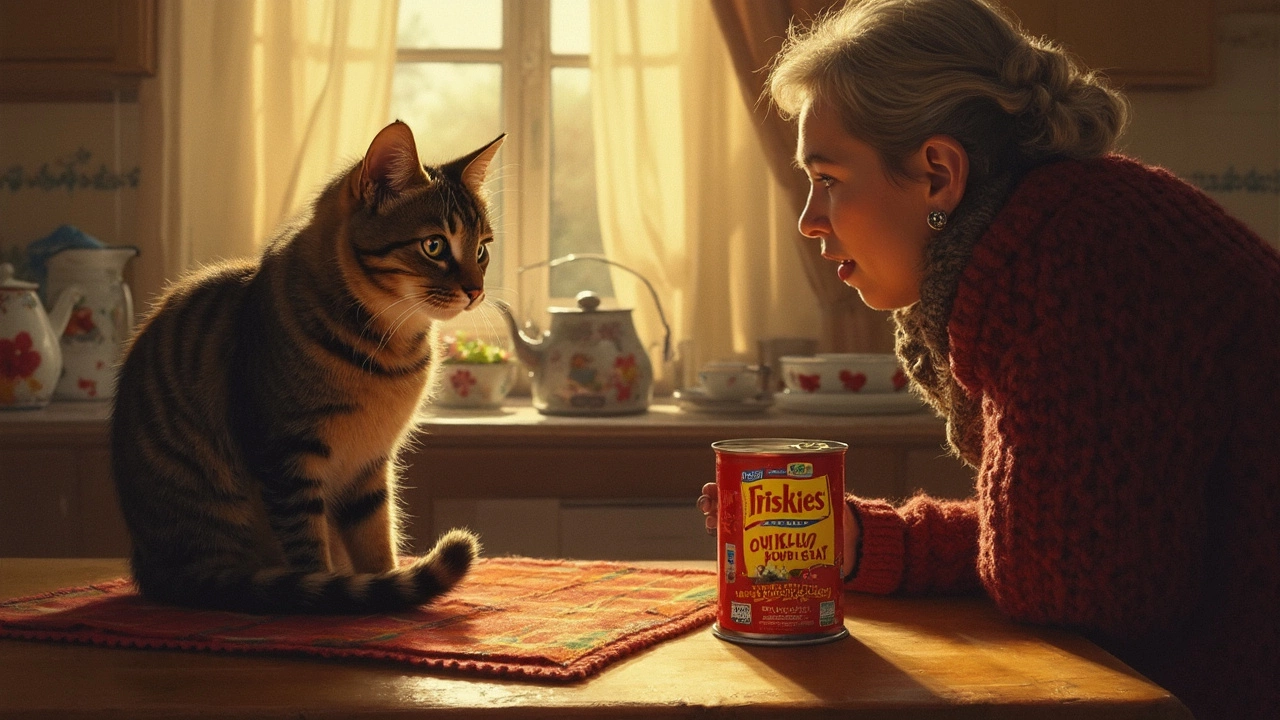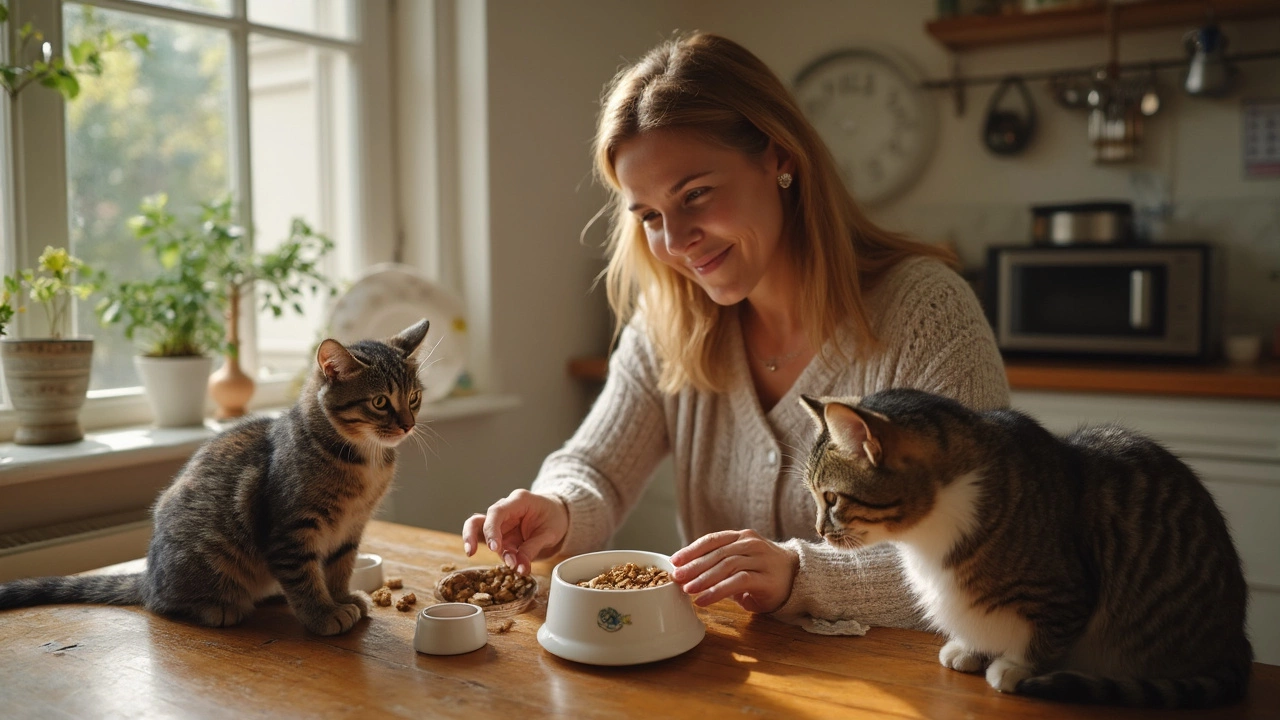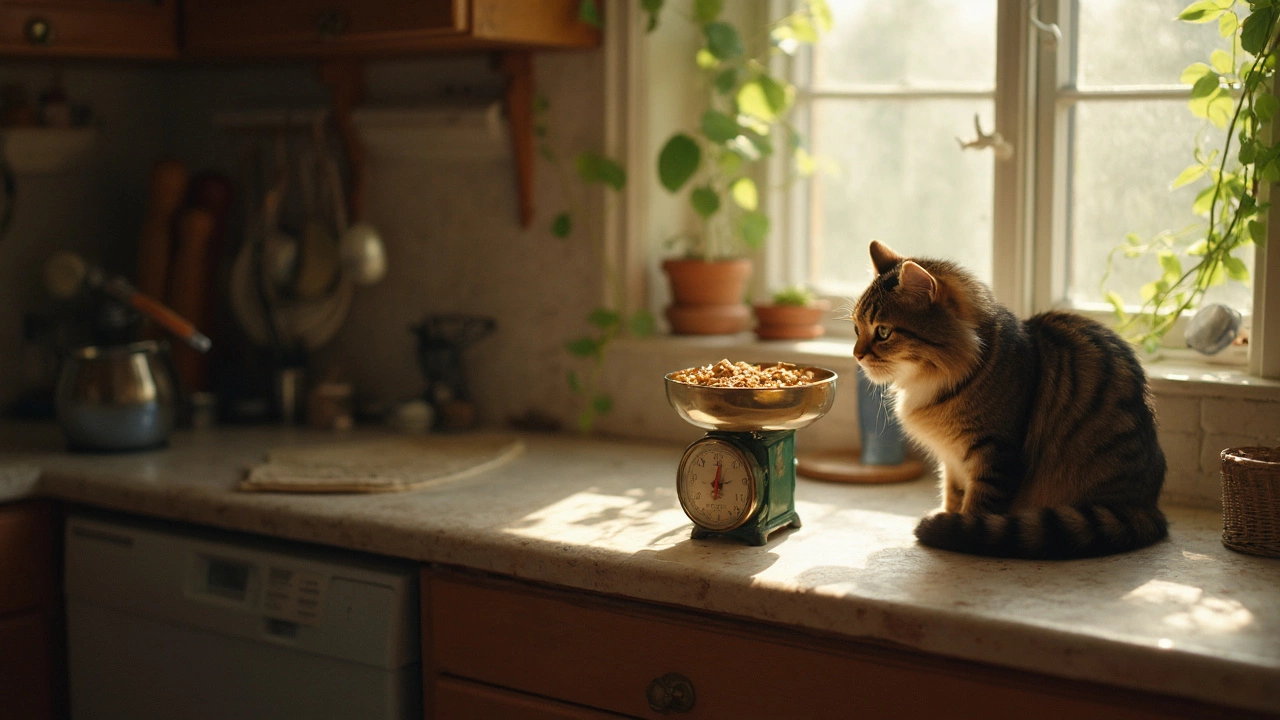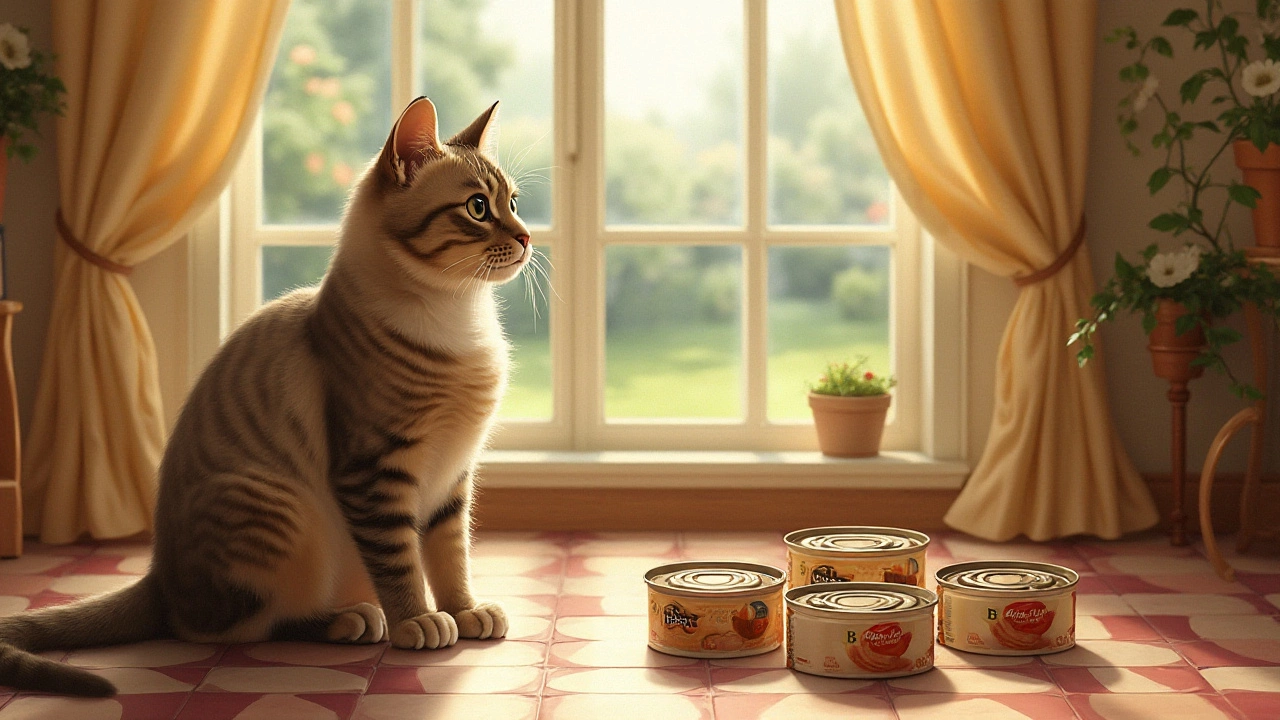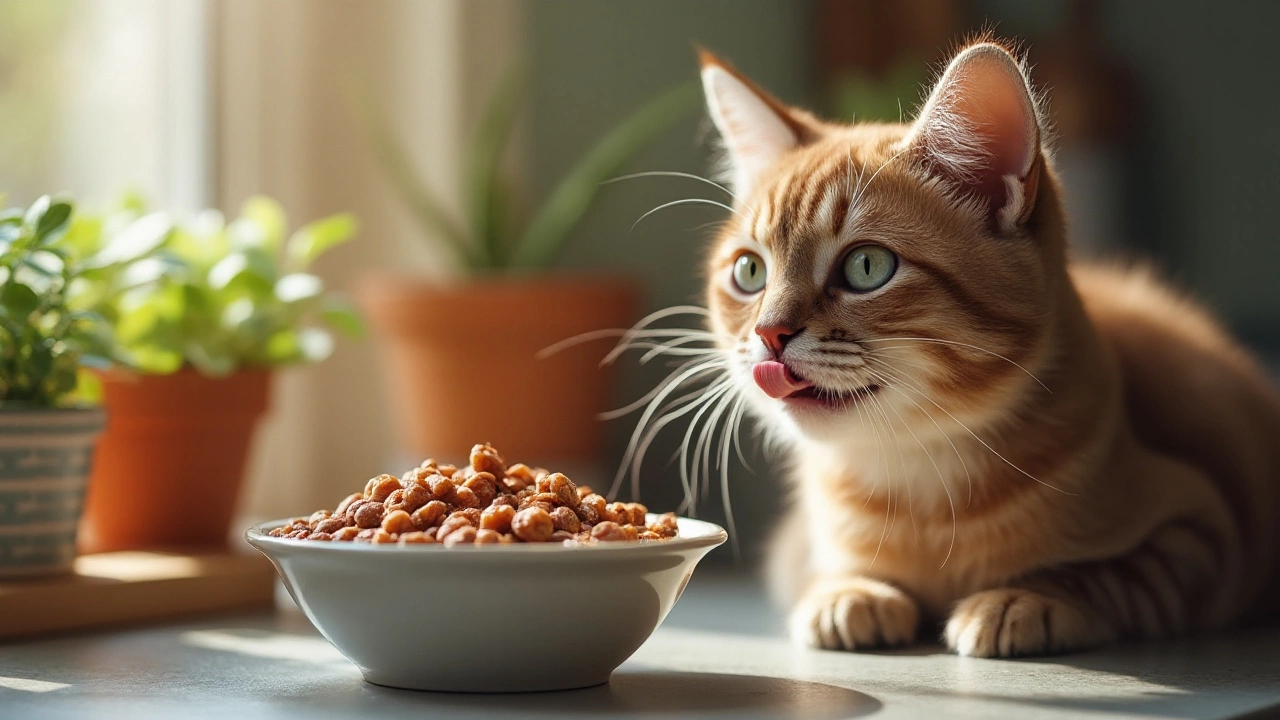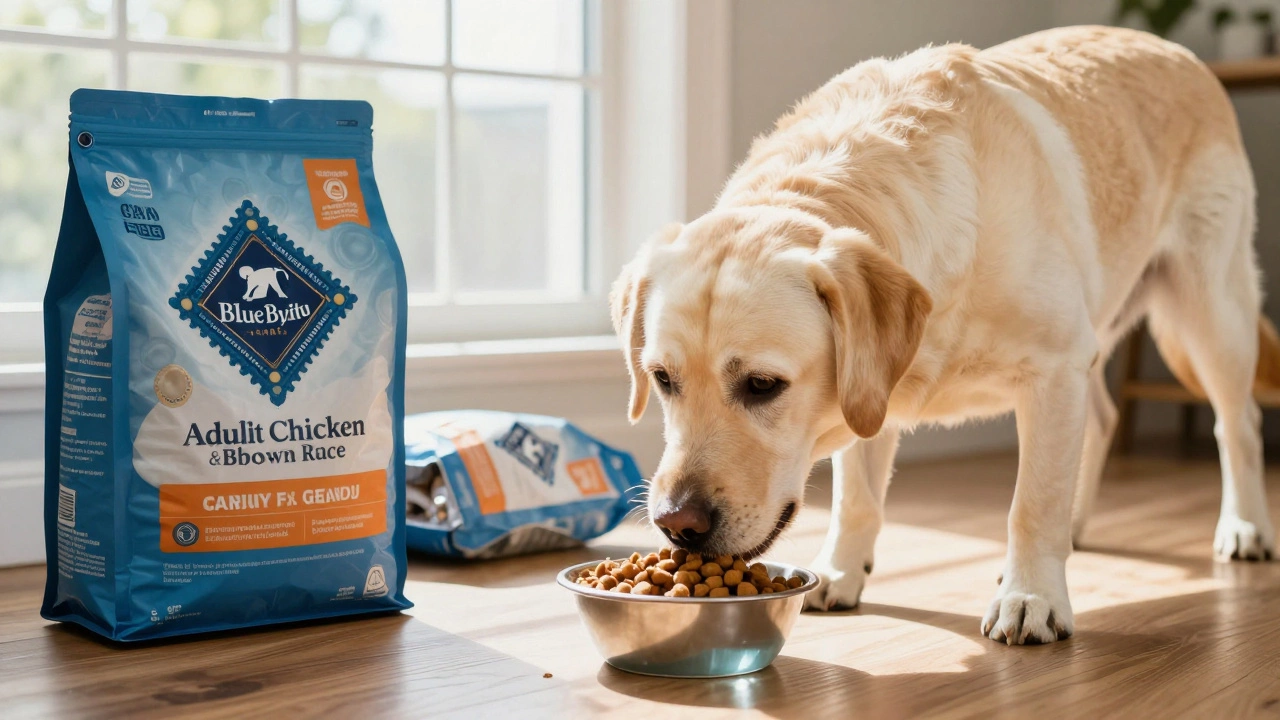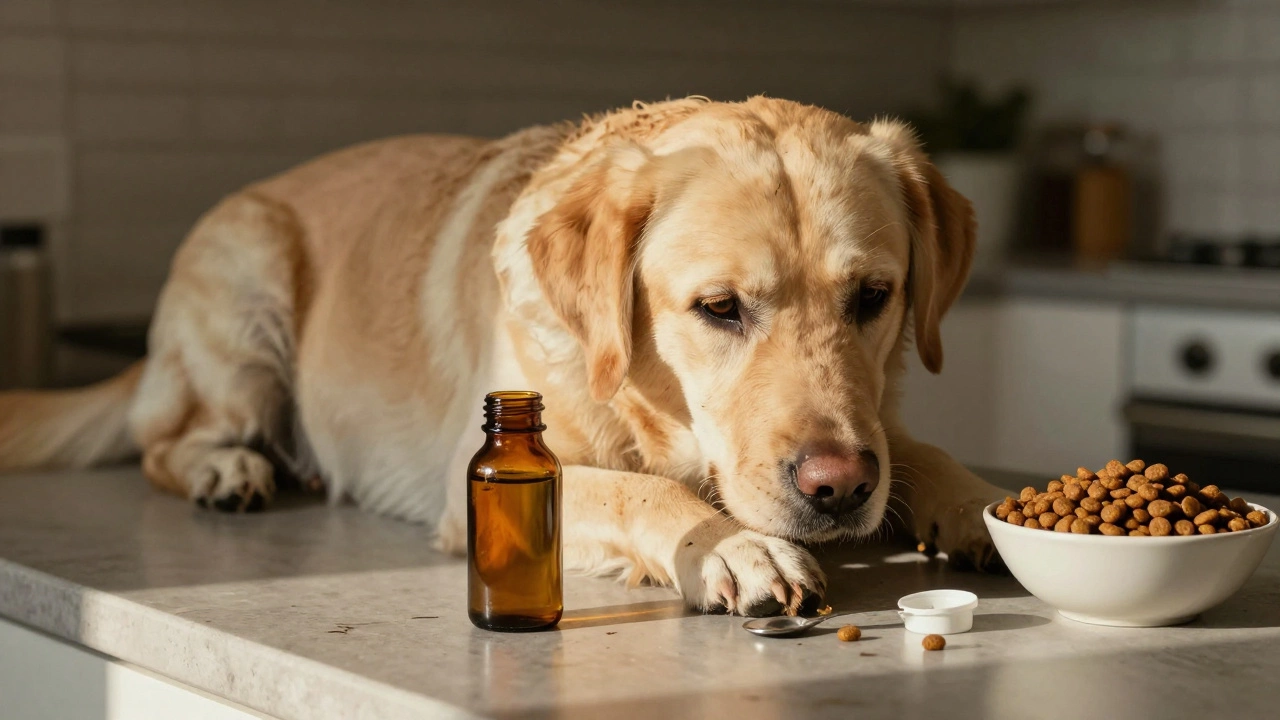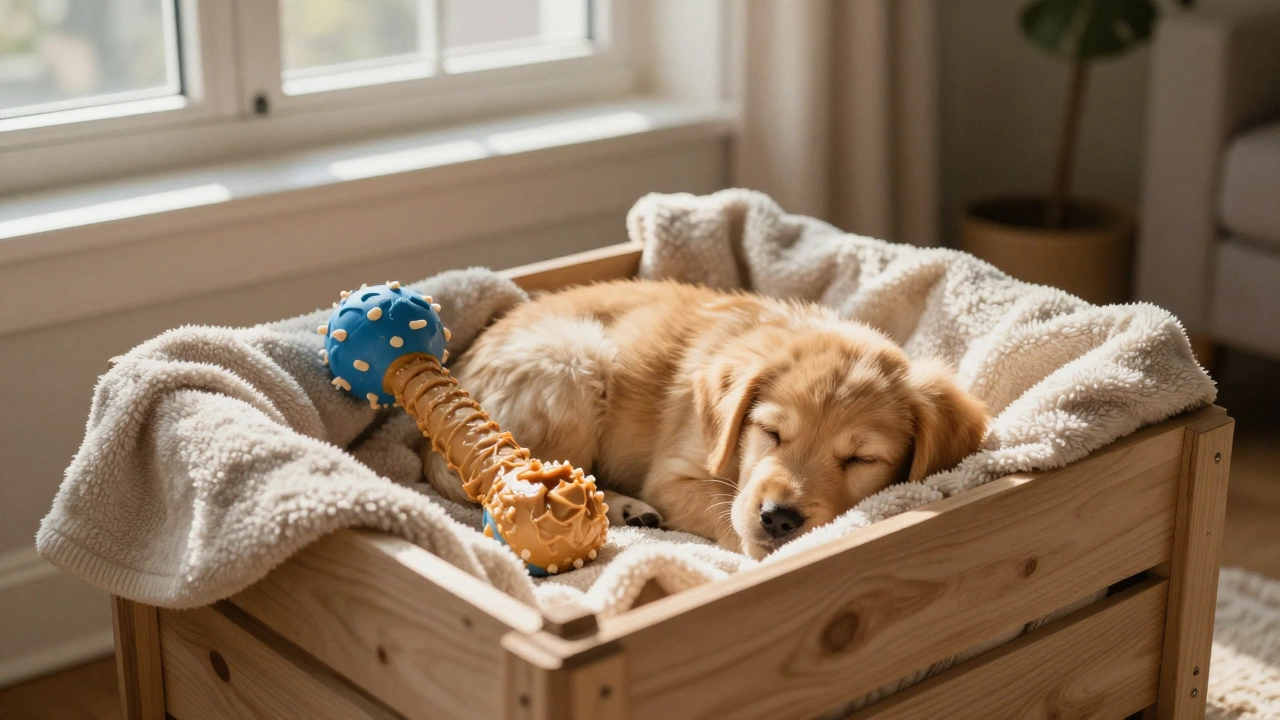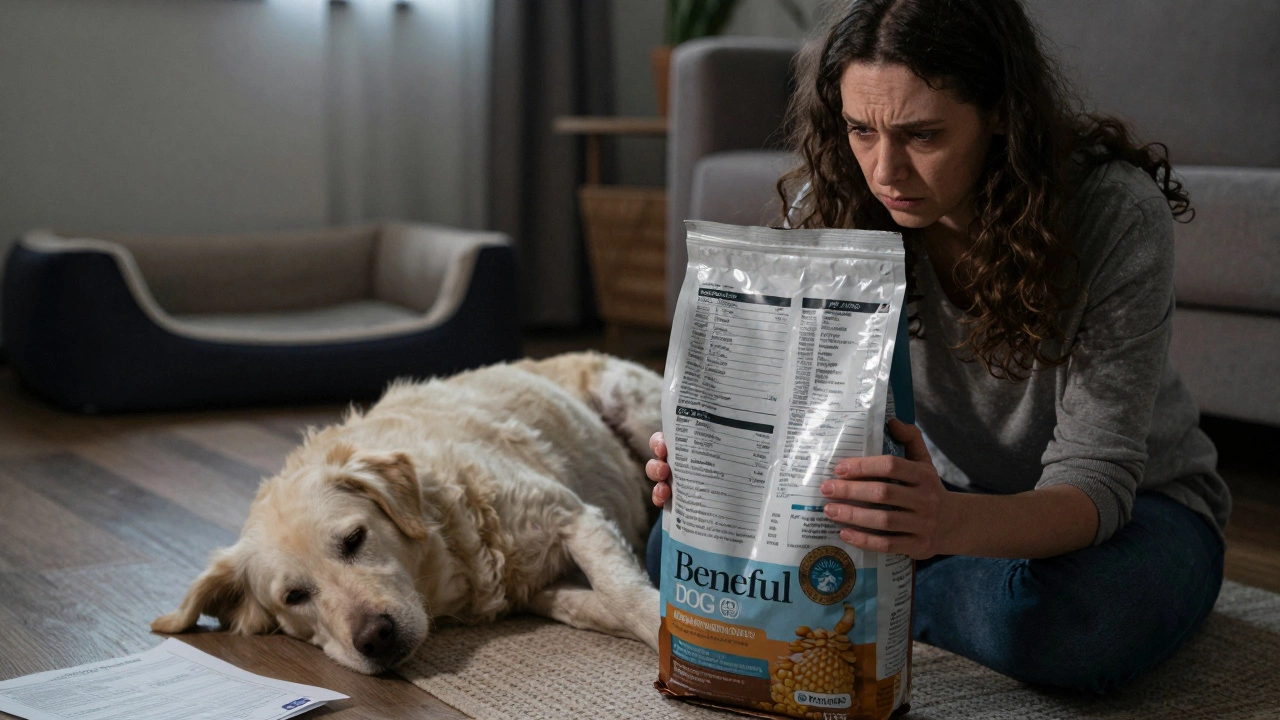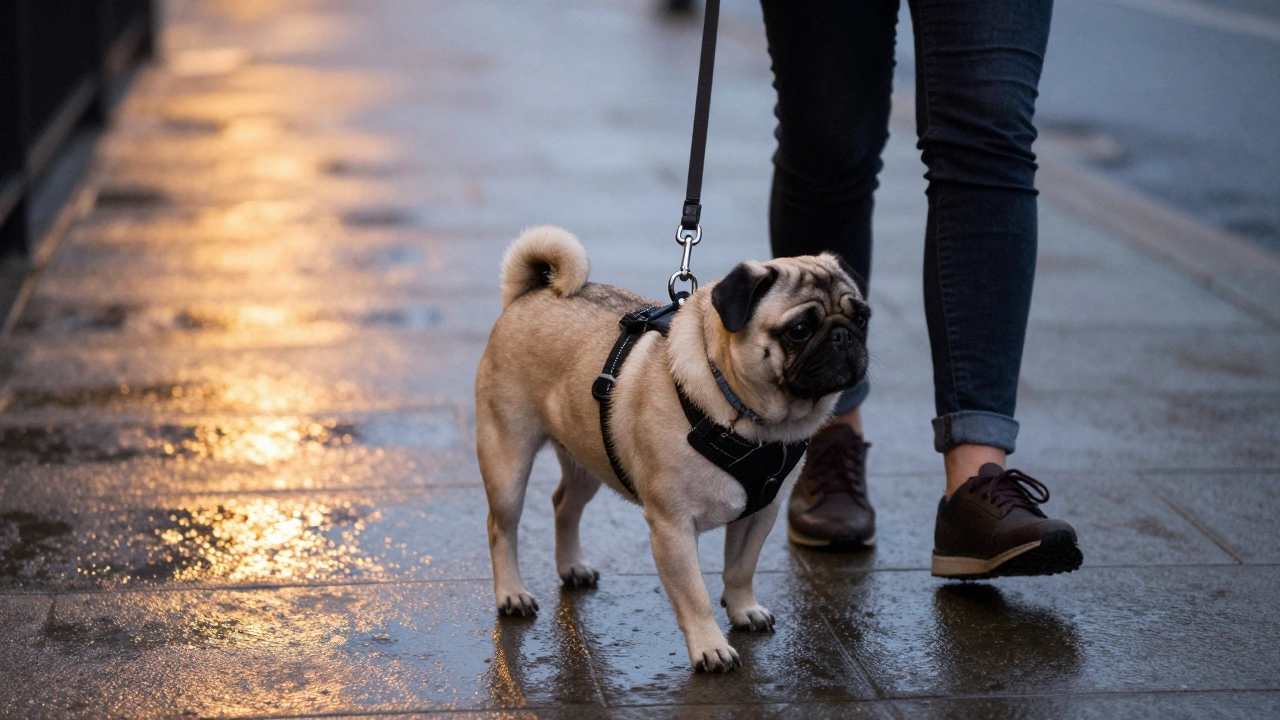Cat Nutrition: Best Food Tips & Feeding Guide
If you ever wonder what to put in your cat's bowl, you’re not alone. Cats are picky, but they also have clear nutritional needs. Knowing the basics helps you avoid costly mistakes and keeps your kitty thriving.
Understanding What Your Cat Needs
First off, cats are obligate carnivores. That means they rely on animal protein for energy, eye health, and a strong immune system. Look for food where real meat is the first ingredient. Taurine, an amino acid found only in animal tissue, is essential – a shortage can cause heart problems and blindness.
Water matters, too. Even wet‑food lovers need fresh water daily. Some cats simply won’t drink enough, so a water fountain can encourage hydration and prevent urinary issues.
Age changes the equation. Kittens need extra calories and DHA for brain growth. Senior cats often benefit from lower calories but higher joint‑support nutrients. Matching food to life stage avoids under‑ or over‑feeding.
Choosing the Right Food & Feeding Practices
When you shop, compare wet vs dry options. Wet food offers moisture and often higher protein, while dry food is convenient and cheaper. Many owners blend both to get the best of each world. Check the label for “complete and balanced” – that means the formula meets AAFCO standards for nutrients.
Portion size is another common puzzle. Follow the manufacturer’s guide, then adjust based on your cat’s activity level and body condition. A simple trick: run your hand along the cat’s ribs. If you can feel a thin layer of fat, you’re on track.
Watch for signs your cat is done eating. Some felines stop when they’re full, while others will nibble all day. If your cat keeps returning to the bowl, you might be over‑feeding or the food isn’t satisfying enough. Switching to a higher‑protein or more moisture‑rich option can help.
One of our top posts, “Top Cat Food Choices: What to Feed Your House Cat for Health and Happiness,” breaks down the best brands and ingredients. It’s a handy reference if you’re scrolling through endless shelves.
Another useful read is “Do Cats Know When to Stop Eating? Understanding Feline Hunger and Satiety.” It explains why some cats overeat and how to set realistic feeding schedules.
Lastly, remember that treats are just that – treats. Keep them under 10% of daily calories, or they’ll throw off the balance you worked hard to achieve.
With these basics, you can build a feeding plan that matches your cat’s taste, health, and lifestyle. Keep an eye on weight, coat quality, and litter box habits – they’re the quickest indicators that the diet is working or needs tweaking.
Feel free to experiment within safe limits, and don’t hesitate to ask your vet for a personalized recommendation. Your cat will thank you with purrs, glossy fur, and lots of playful energy.
Is One Can of Friskies Enough for Your Cat? The Real Scoop on Portion Size
Ever wondered if one can of Friskies is enough to keep your cat satisfied and healthy? This article breaks down the details, tackles common myths, and explains how to read cat food labels. Get practical tips on portioning, adjusting for your cat’s age and lifestyle, and when to watch out for signs of hunger or overeating. If you want your feline to stay happy and healthy, you’ll want to dig into these facts before dinner time rolls around.
How Many Times a Day Should a Cat Eat? Simple Feeding Answers for Every Cat Owner
Wondering how often your cat should eat each day? This guide covers how many meals cats need, what influences feeding schedules, and how to keep them happy and healthy. Discover simple tips for choosing mealtimes, handling picky eaters, and dealing with different cat ages or health issues. Take the guesswork out of feeding with real, down-to-earth advice you can use today.
How Many Times Should You Feed Your Cat Each Day?
Feeding your cat the right amount at the right times can be a bit of a puzzle. While every cat is different, understanding key factors like age, weight, activity level, and health can help in setting a proper feeding schedule. In general, adult cats thrive on one or two well-balanced meals per day, whereas kittens require more frequent feeding. It's crucial to ensure that each meal meets your cat's nutritional needs for a healthy, happy life.
Is 3 Cans of Fancy Feast Enough for Cat Nutrition?
Understanding the nutrition needs of our feline companions is crucial for their well-being. This article examines if feeding your cat three cans of Fancy Feast each day meets their dietary requirements. We delve into aspects like portion control, nutritional content, and how to adjust feeding based on your cat's age, weight, and activity level. Useful tips and insights are shared to help cat owners make informed decisions for their furry friends. Whether you’re a new cat parent or looking to optimize your cat’s diet, you'll find practical advice here.
Daily Wet Food for Cats: Pros, Cons, and Expert Tips
Feeding cats wet food daily is a common practice among pet owners. It's crucial to weigh the benefits and potential drawbacks, such as hydration and dental health impacts. This article explores if daily wet food is suitable for your feline friend while sharing insights on balancing their diet. Choose wisely to keep your cat healthy and happy.

